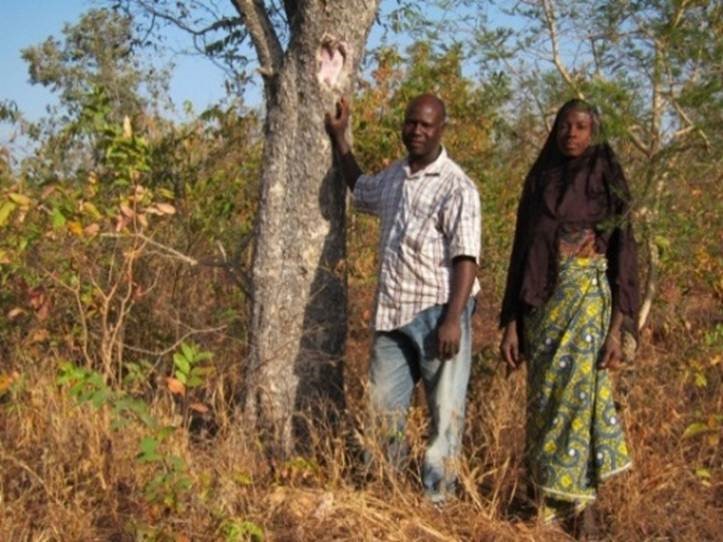
Share
Related Links
Forests, Trees, and Woodlands in Africa
Prevalence, Economic Contribution, and Determinants of Trees on Farms across Sub-Saharan Africa
Keywords
Authors/Partners
LSMS-ISA, Worldbank
Trees and smallholder agriculture - a household perspective from Subsaharan Africa
CHALLENGE
Trees have the potential to be an important crop in the overall agriculture, food security, and poverty debates in setting appropriate policy in Sub-Saharan African countries. However, there is currently insufficient knowledge and appreciation of the benefits of on-farm tree planting (and agroforestry) to agricultural production and farmers’ livelihoods.
APPROACH
This activity aims to enhance the understanding and appreciation of the role of on-farm trees in forestry (as a share of total forest land), agriculture, and farmers’ livelihoods in Africa. The study proposes to establish a baseline for further benchmarking and tracking the evolution of on-farm tree planting within the broader context of Africa’s forestry developments. Policy discussions will be informed by more nationally representative, data-driven analysis and evidence-based in-country dialogues on the role of on-farm trees in Africa’s forestry and agricultural policies by linking the rich, geo-referenced socioeconomic data sets of households with secondary information on forests.
RESULTS
The final report Prevalence, Economic Contribution, and Determinants of Trees on Farms across Sub-Saharan Africa was published on August 2016.
Significantly, this report provides the first national-scale evidence on the contribution of trees outside of forests to household incomes in Africa. The report summarizes data collected from the Living Standards Measurement Study–Integrated Surveys on Agriculture in five countries: Ethiopia, Malawi, Nigeria, Tanzania, and Uganda.
The report findings show that trees on farms are widespread. On average, one third of rural smallholders grow trees. In fact, trees account for an average of 17 percent of total annual gross income for tree-growing households and 6 percent for all rural households. Gender, land and labor endowments, and especially forest proximity and national context are key determinants of on-farm tree adoption and management. These new, national-scale insights on the prevalence, economic contribution and determinants of trees on farms in Africa lay the basis for exploring the interaction of agriculture, on-farm tree cultivation, and forestry. This will improve our understanding of rural livelihood dynamics.
Finally, a key achievement has been that our work has placed trees on farms more squarely on the agenda for World Bank-supported national household survey data collection in the coming years. In fact, the World Bank has pledged to support the 78 IDA countries in the production of a multi-topic household survey every three years between 2016 and 2030, and a methodological research agenda has been developed to further this goal during fiscal 2017–19. Further investment in the inclusion of forestry modules in household surveys can help strengthen the information base on on-farm tree growing. Otherwise, the contribution of trees on farms risks being ignored and left out in agricultural and landscape policy design.
For stories and updates on related activities, follow us on twitter and facebook , or subscribe to our mailing list for regular updates.
Author : LSMS-ISA, Worldbank
Last Updated : 06-16-2024








